Nghe An: Below Khe La dam, there used to be a residential area, now it is home to thousands of big fish, attracting many anglers from all over to fish for the past 13 years.
Khe La Dam, Phu Son Commune, Tan Ky District, is about 3 km long, more than 500 m wide, 38 m deep at its deepest point, and has a capacity of 2 million m3. Seen from above, the west side of the dam is a gently sloping forest interspersed with a few houses. The east side is a concrete embankment. The north and south sides have many small islands where people grow acacia and tea. Some areas are densely forested.
In the 1970s, below Khe La dam was Bac Son hamlet, Phu Son commune, home to more than 15 households. They grew rice and sugarcane for a living but only had enough to eat, no savings. Transportation was difficult, electricity was not connected, in the summer there was drought, crops withered, in the rainy season there were flash floods and landslides.
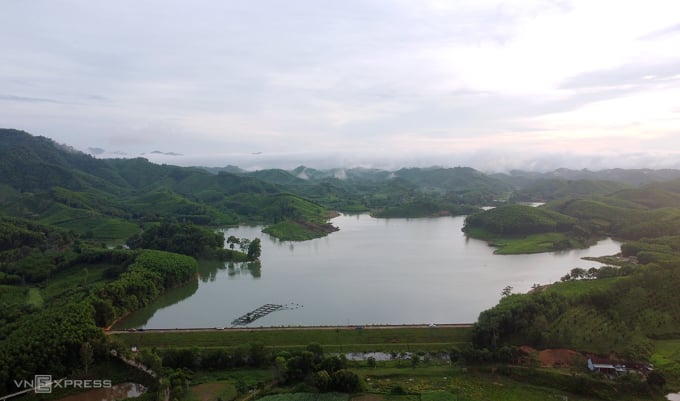
Khe La Dam seen from above. Photo: Duc Hung
As a cadre of Phu Son commune since 1980, later serving as Secretary, Chairman, Vice Chairman of the Commune People's Council until his retirement in 2019, Mr. Nguyen Ho Thu said that since 1982, delegations from the province and district have come to survey the construction of Khe La dam to help more than 15 households in Bac Son basin escape from poverty, and at the same time solve the drought situation in the area.
But it was not until 2009, when the households were relocated, that the Khe La dam was broken ground. The irrigation company mobilized manpower to build banks, embankments, and create depth. In August 2010, workers were preparing to clear more than 15 houses in the middle of the lake when a huge flood hit, submerging the entire Bac Son hamlet, making dredging impossible.
Khe La Dam was completed in 2010. Compared to more than 100 dams in Tan Ky district, its area is only average. However, the dam is famous throughout the Central region because many large fish species such as black carp and common carp live there.
Mr. Dang Van Tu, 33 years old, who is bidding to raise catfish in Khe La, said that it is estimated that there are currently several dozen tons of natural fish at the dam, including more than 300 black carp weighing 30 kg or more, especially about 10 fish weighing about 60-80 kg, but no angler has caught any. Most recently, on the evening of June 15, a group of anglers in Thai Hoa town caught a 40 kg black carp, with a belly diameter of 40 cm and a length of more than a meter.
Currently, every day, dozens of fishermen come to set up huts and set up fishing rods in Khe La. Anh Tu puts up signs prohibiting overfishing of wild fish, only allowing anglers to conquer large fish species and record videos. If they catch large fish, often called "sea monsters", the fishermen can handle them as they wish, while small fish will have to be released back into the dam for conservation.
Overview of Khe La and the "giant" fish that were caught at the dam. Video: Duc Hung
Why is Khe La full of big fish?
According to Mr. Nguyen Ho Thu, in 2010, dozens of households in Quyet Thang hamlet, above Bac Son hamlet, dug a 500-1,000 m2 pond to raise black carp, selling hundreds of tons each year, each fish weighing an average of 7-15 kg. In 2013, there was a historic flood in the area, people's houses were flooded nearly 2 m deep, all fish ponds in Quyet Thang hamlet overflowed. Thousands of black carp near harvest time were swept away to Khe La and got stuck there. "When the flood came, people lost hundreds of tons of fish, but Khe La was supplemented with a large source of aquatic products," said Mr. Thu.
Around the dam there are many natural foods such as snails, mussels, clams, oysters..., clinging around the rocks, embankments or hidden in the mud. Among these snails are the favorite species of black carp, accounting for the largest number. Mr. Dang Van Tu said that every day people in the commune catch tons of snails to sell. Thanks to the rich bait, black carp as well as other species of carp, catfish, climbing perch, silver carp, birds, and grass carp... residing at the dam reproduce and develop rapidly, many of them reaching maximum size.
Khe La has many big fish, but if anyone intends to steal or cast a net, they often fail because the bottom and the middle of the water are full of "heavenly nets". Big fish often take shelter in houses and trees at the bottom of the dam. When hooked, they thrash around, wrapping the fishing line around houses and causing the line to break. "Once, the fish dragged a fishing rod worth 30 million VND down to the dam and lost it. Every year, I go to Khe La 20 times with the goal of hunting sea monsters , but I always come back empty-handed," said Tran Van Manh, 25 years old.
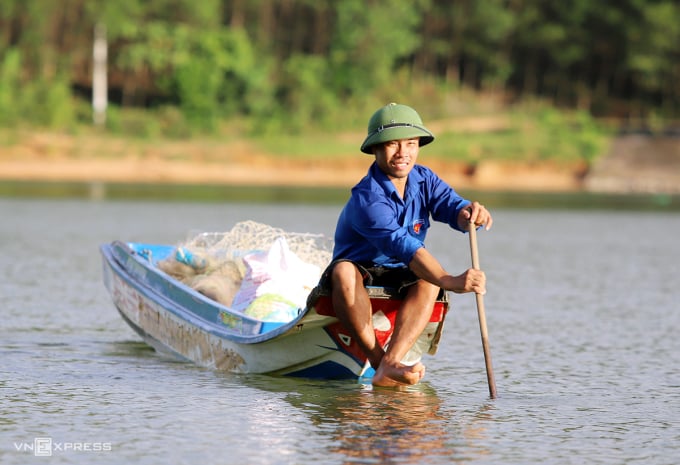
Mr. Dang Van Tu rowed a boat to check fish cages at Khe La dam. Photo: Duc Hung
According to this fisherman, Khe La is more than 30 meters deep, he did not dare to dive to the bottom. However, with shallow spots of about 10 meters, he and his friends explored and discovered many caves and nooks close to the hill, with a diameter of more than 20 cm, and he could not reach the bottom with his hand. On normal days, the dam surface is calm, but when it rains and winds, it is like a "hurricane", the water surface creates large waves crashing against the shore, and the surrounding trees shake continuously. In the summer, the sun here is blazing, in the winter, it is bone-chillingly cold.
"I had malaria and was sick all the time after returning from Khe La. In 2021, I got sick 5 times, but after a while, I got better, just a slight cold and then recovered because I had adapted to the climate and knew how to prevent it," said Mr. Manh, adding that if anyone was familiar with the terrain, they could last a week, but the rest would only have to fish for about 3 days before having to go home.
Fishing trips in Khe La last from two days to a week, Manh and his group of friends often set up a tent and hang hammocks to rest overnight. One day Manh saw a centipede as big as a thumb about to bite his friend's hand while he was sleeping, he had to use a cloth to cover the animal and beat it to death. Therefore, anglers have a rule when eating not to throw food on the ground because insects will crawl towards it.
"History, terrain, climate... make Khe La mysterious, every angler wants to come here to fish once. The biggest fish species at the dam is black carp, which still lives safely under the dam, despite the many traps waiting for them," said Mr. Manh.
Next article: Hunting "sea monsters" at Khe La dam
Source link


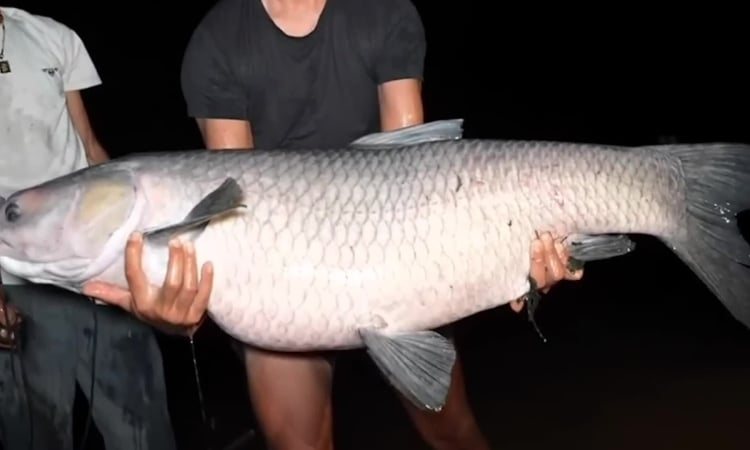
![[Photo] General Secretary To Lam receives Brazilian President Luiz Inácio Lula da Silva](https://vstatic.vietnam.vn/vietnam/resource/IMAGE/2025/3/28/7063dab9a0534269815360df80a9179e)
![[Photo] Vietnam and Brazil sign cooperation agreements in many important fields](https://vstatic.vietnam.vn/vietnam/resource/IMAGE/2025/3/28/a5603b27b5a54c00b9fdfca46720b47e)
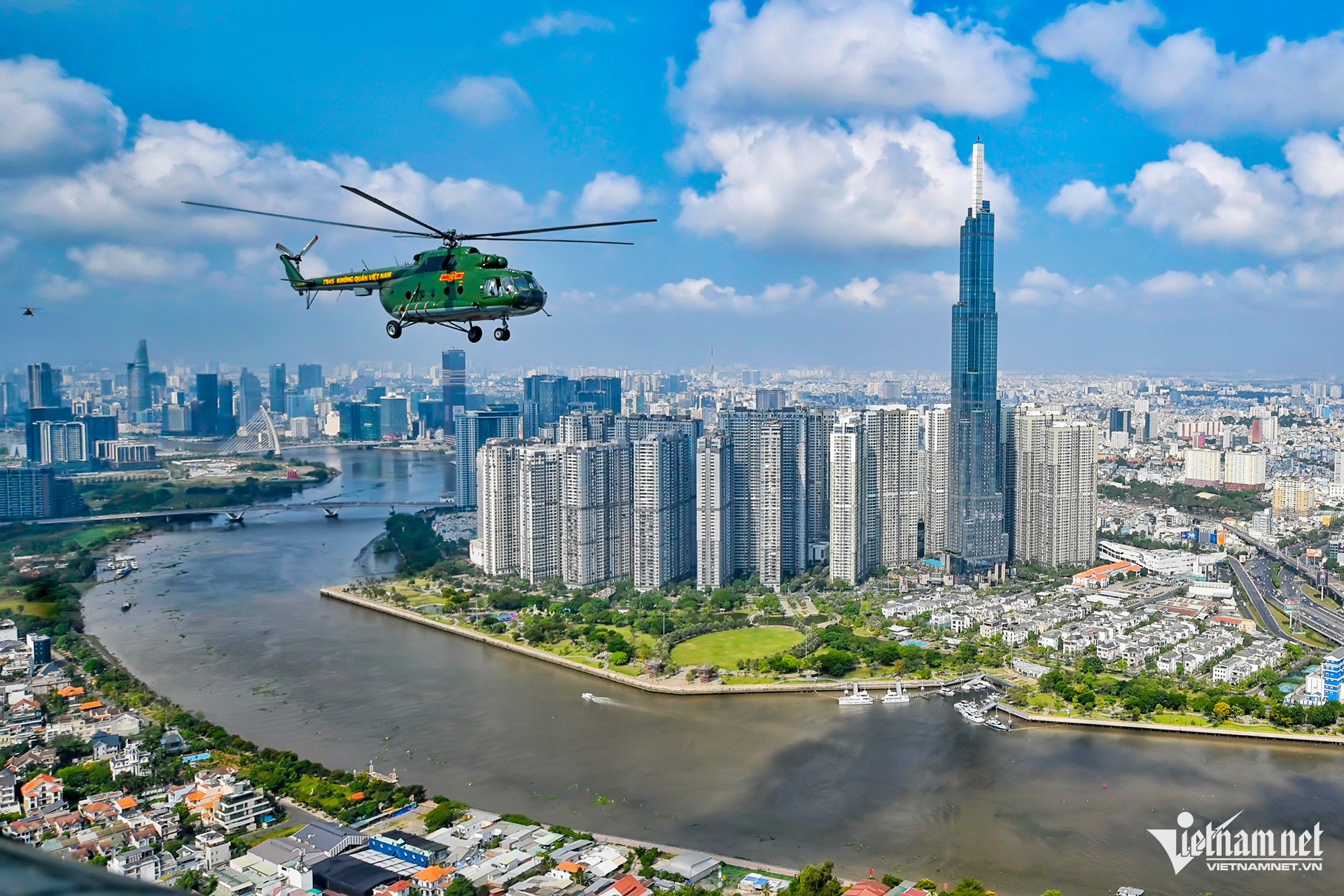
![[Photo] Helicopters and fighter jets practice in the sky of Ho Chi Minh City](https://vstatic.vietnam.vn/vietnam/resource/IMAGE/2025/3/28/3a610b9f4d464757995cac72c28aa9c6)
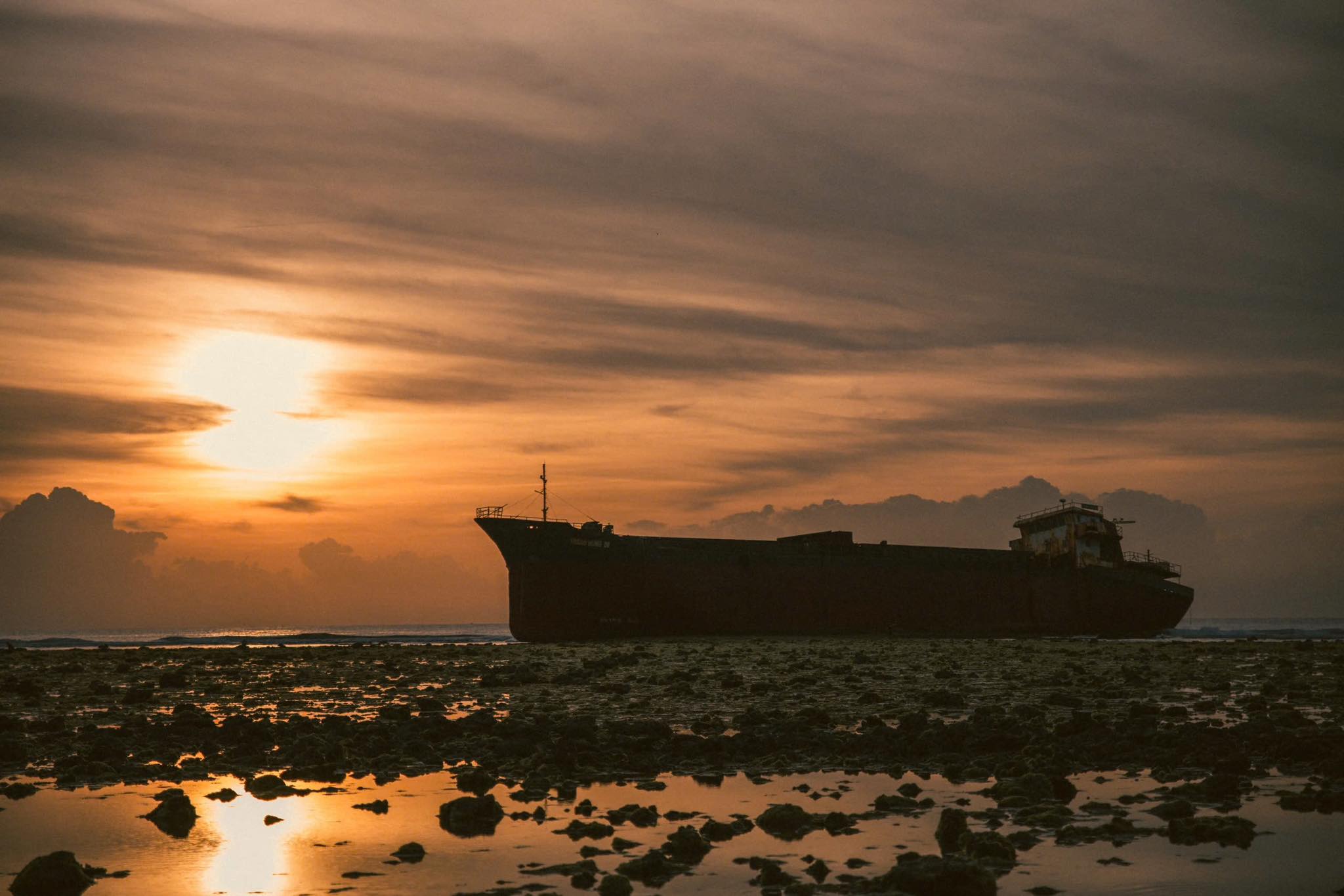
![[Photo] Prime Minister Pham Minh Chinh meets with Brazilian President Luiz Inacio Lula da Silva](https://vstatic.vietnam.vn/vietnam/resource/IMAGE/2025/3/28/41f753a7a79044e3aafdae226fbf213b)




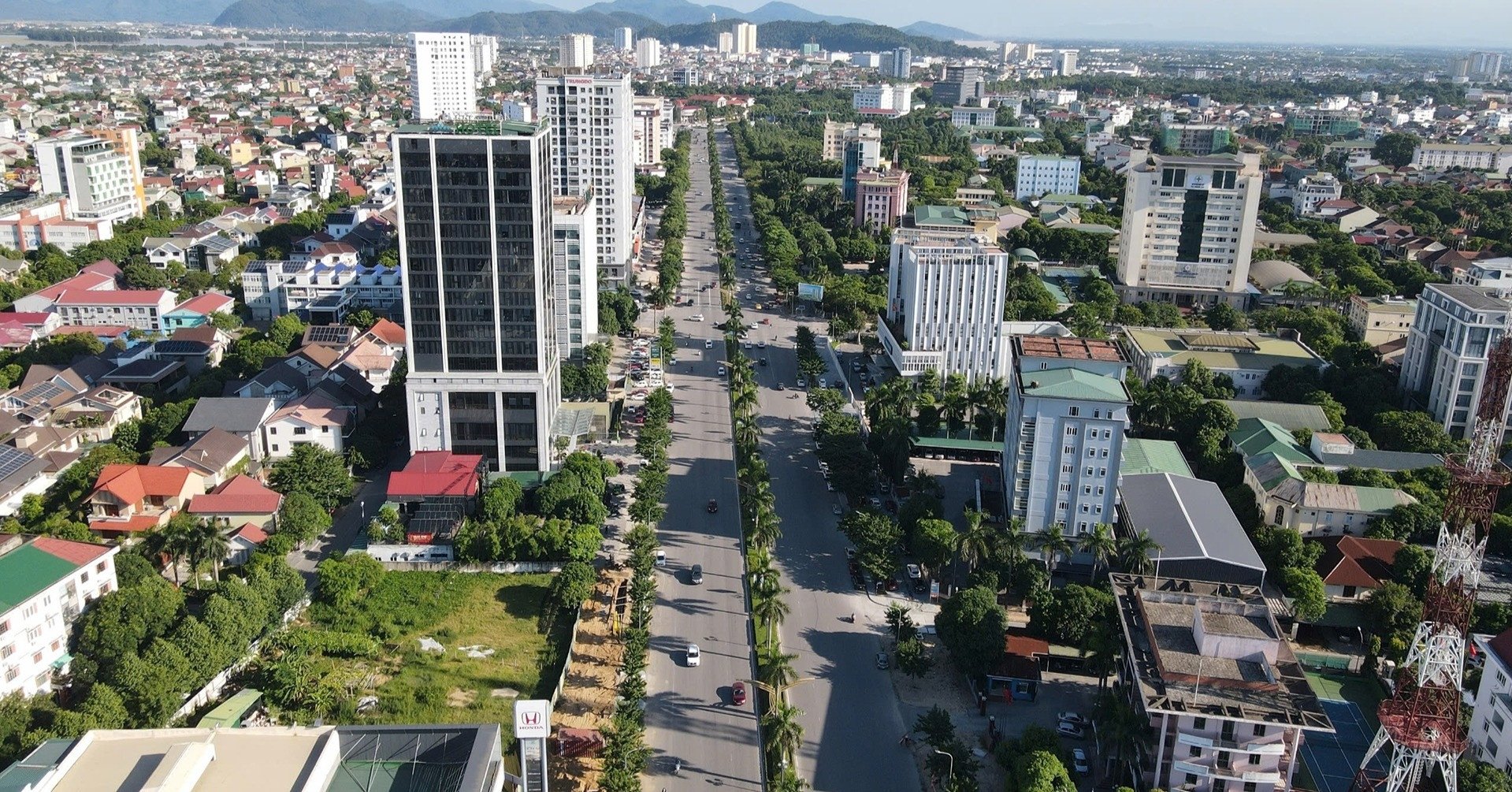



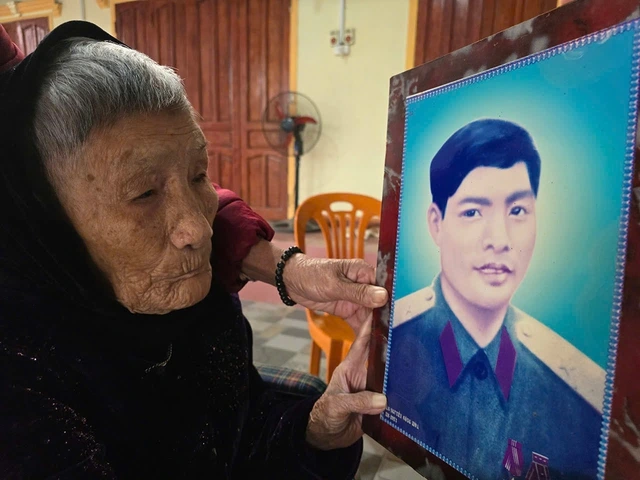




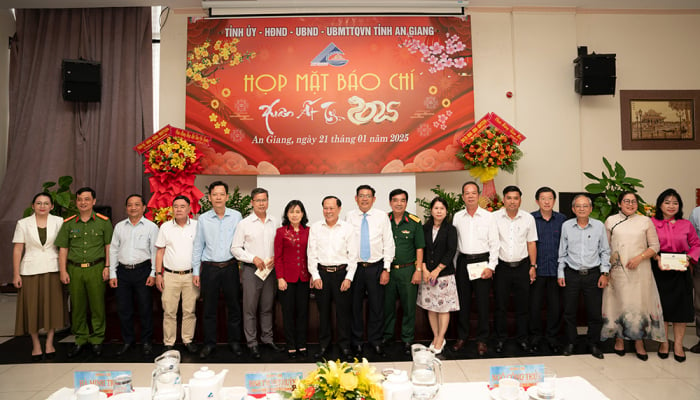
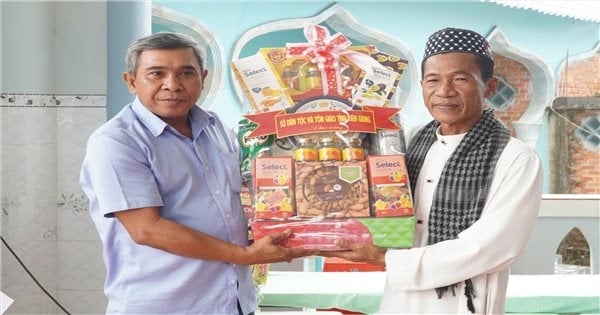





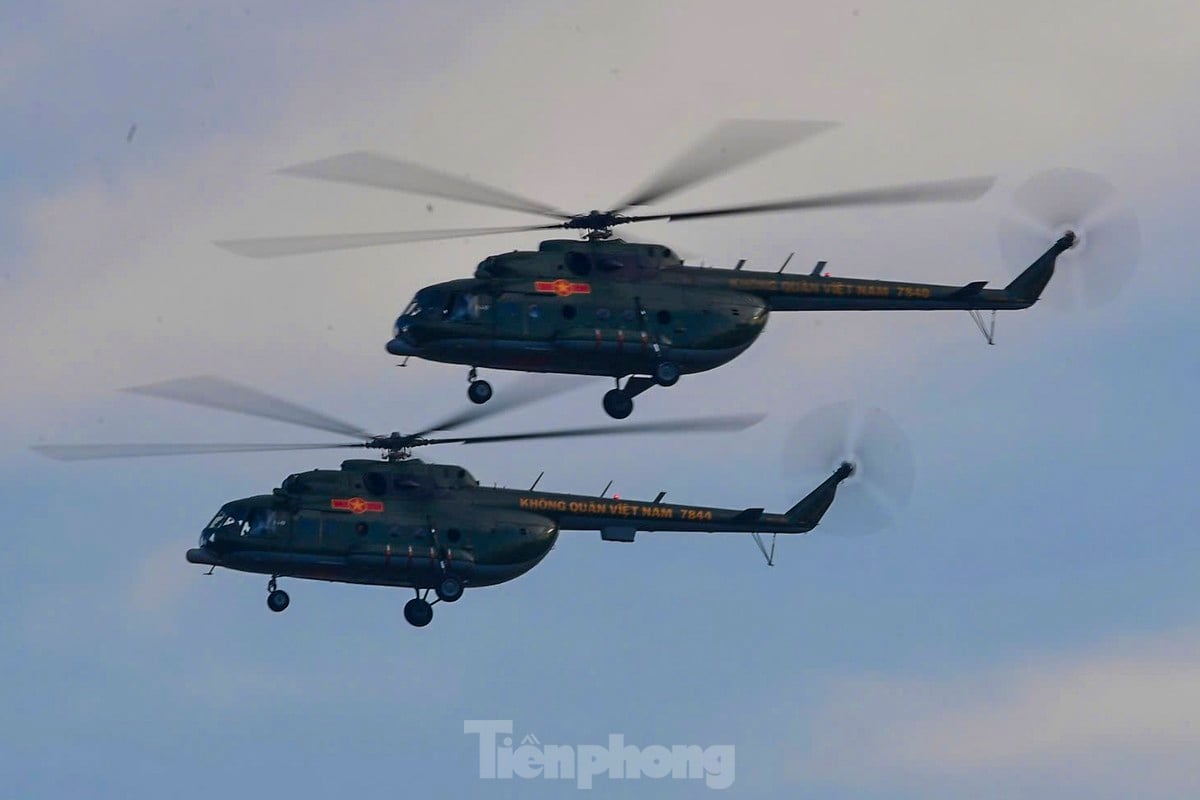








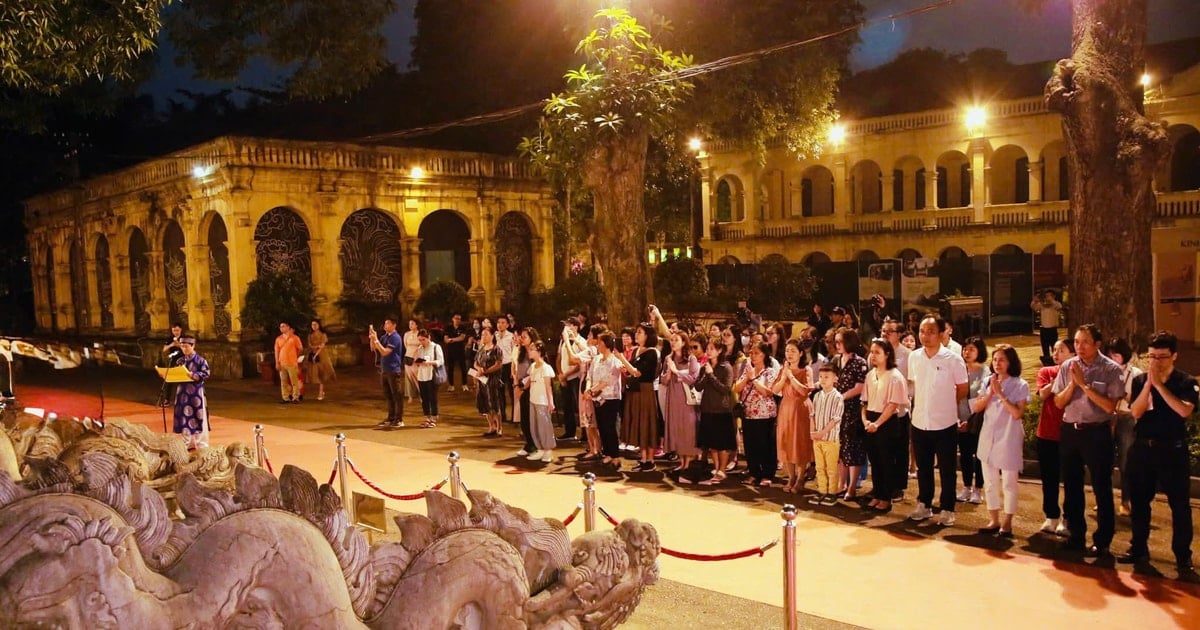

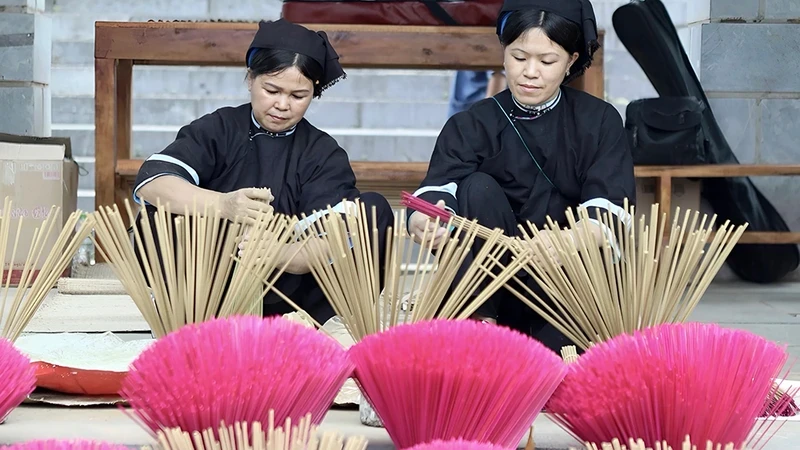

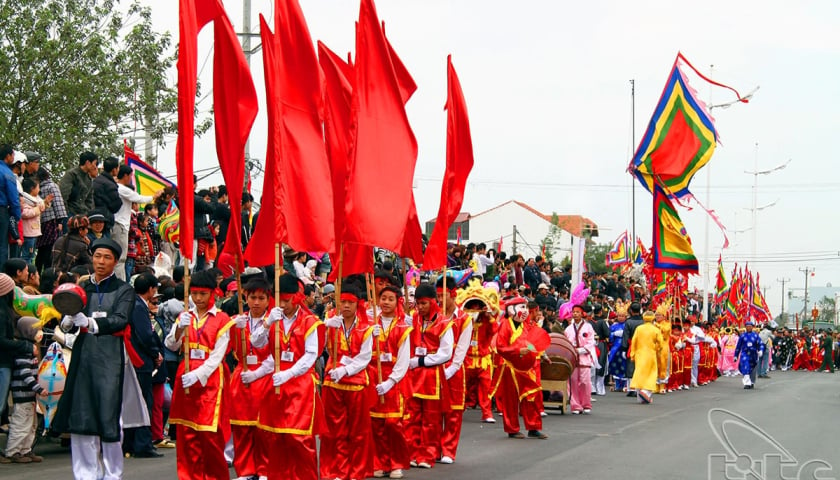

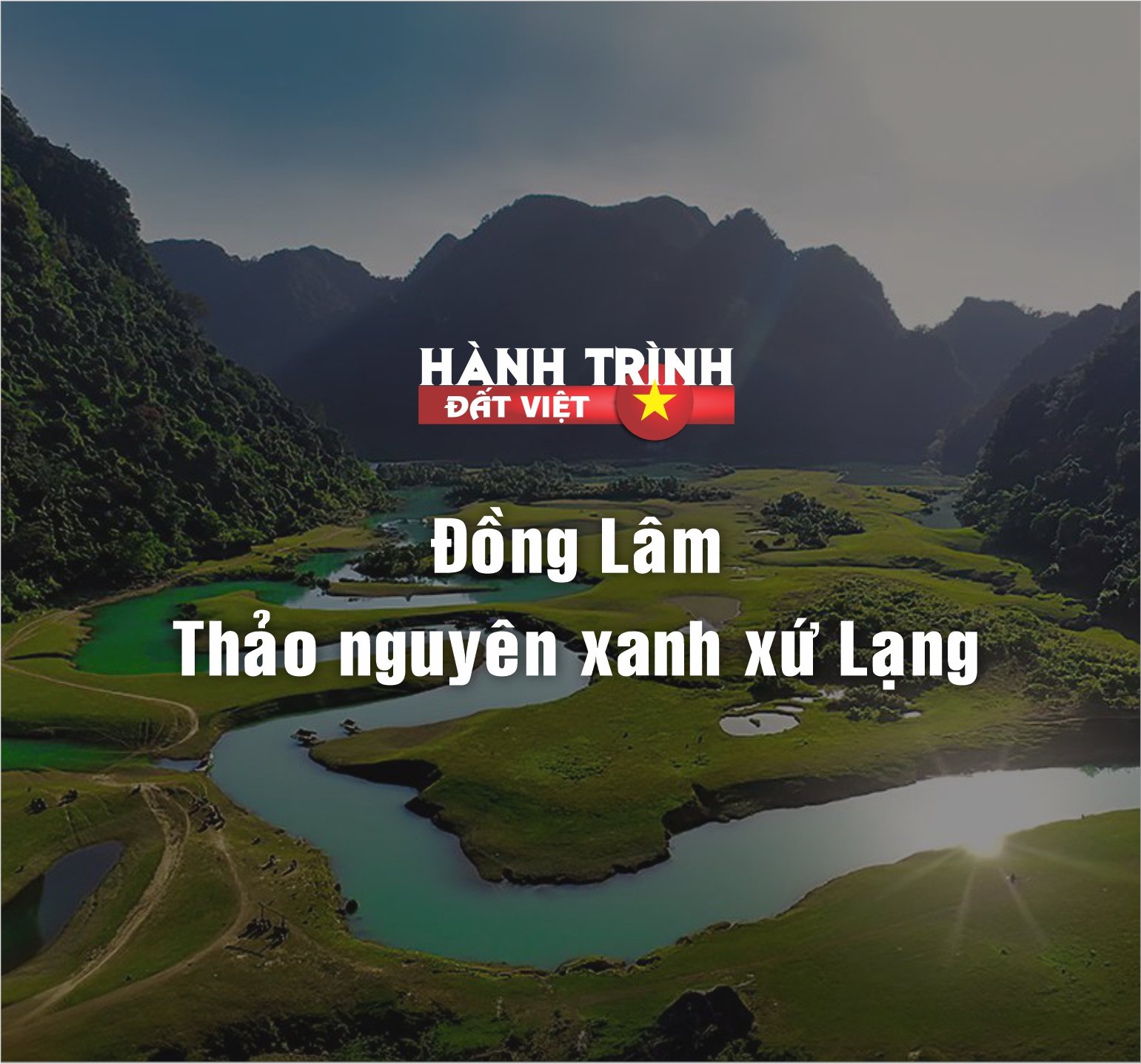






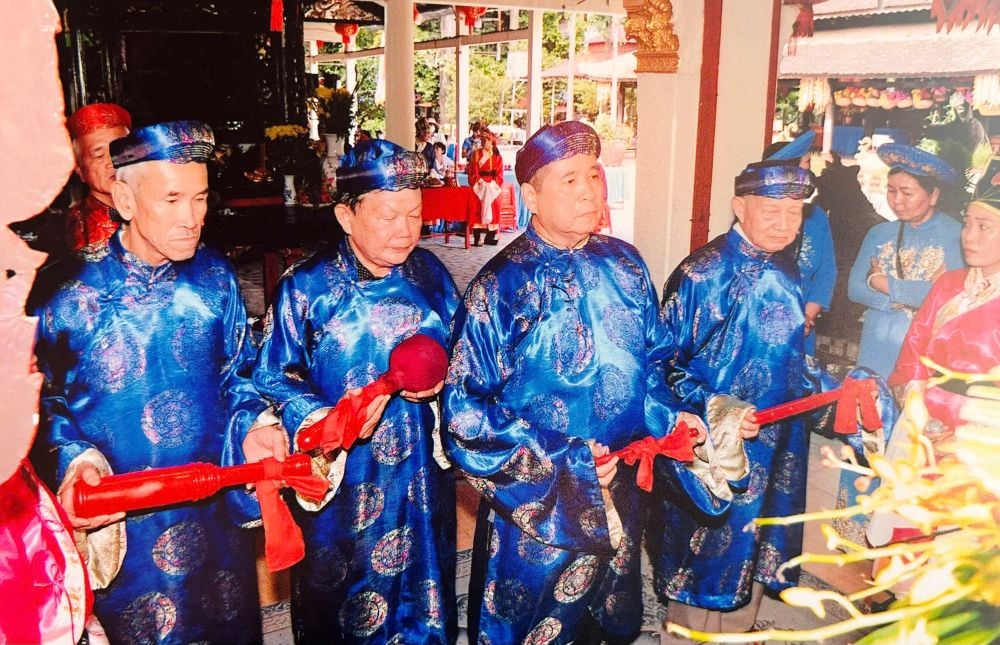


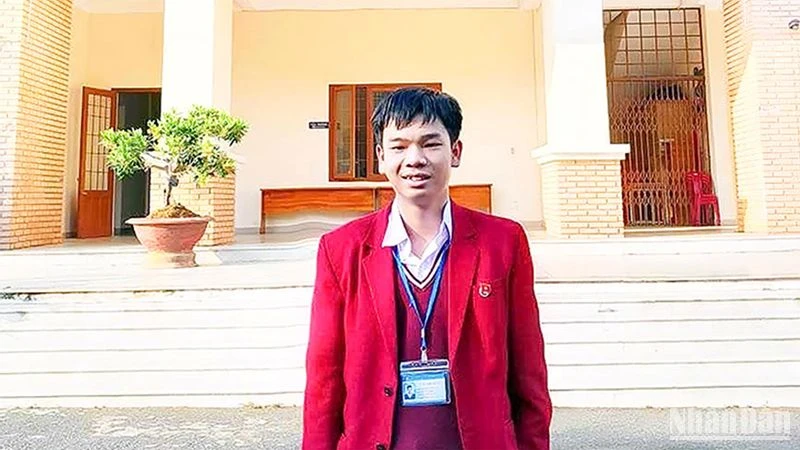







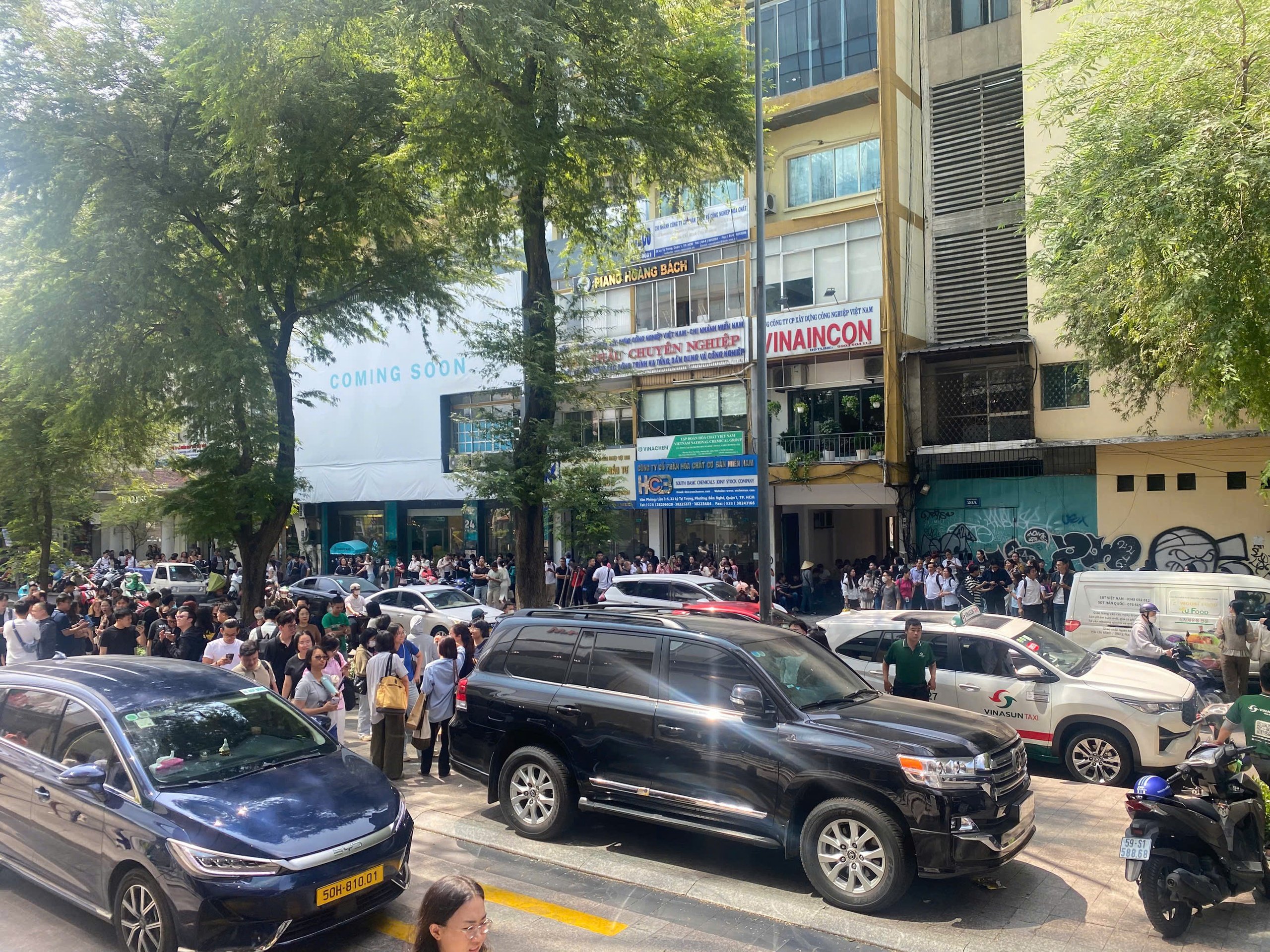






















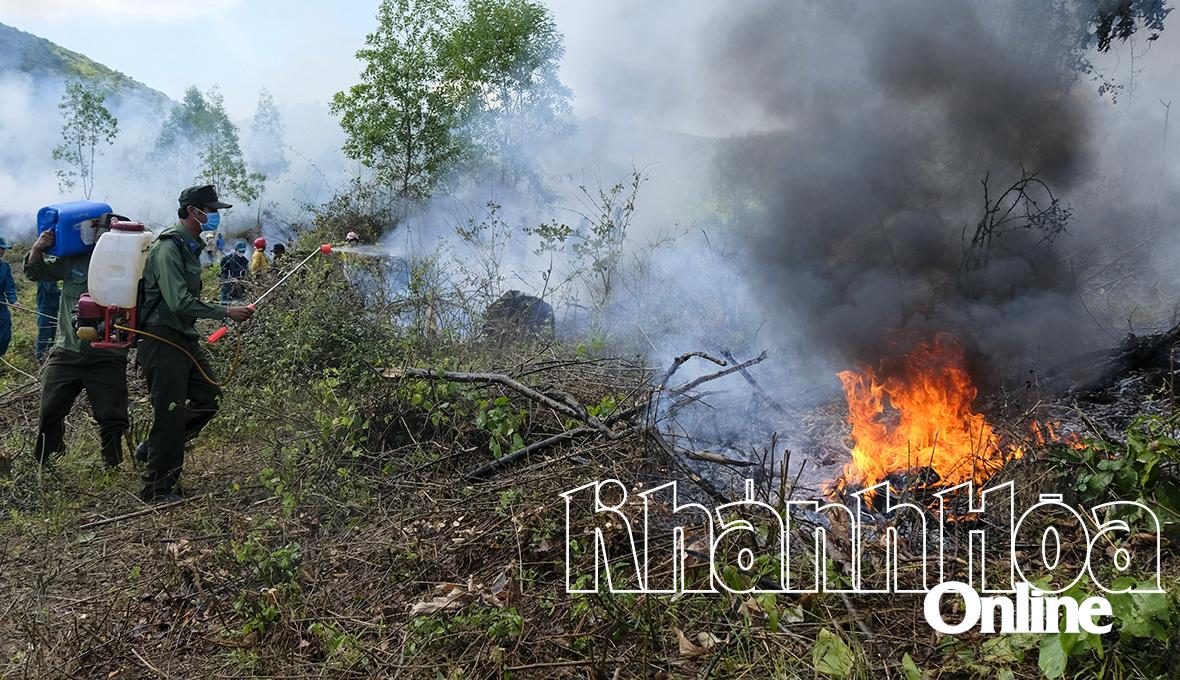



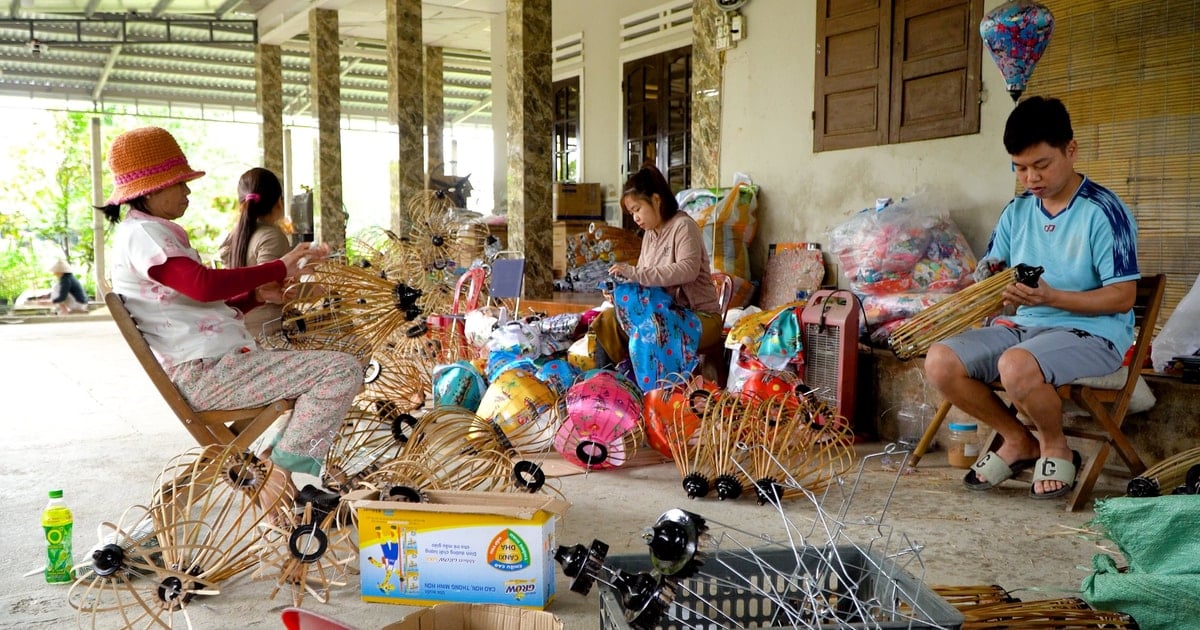



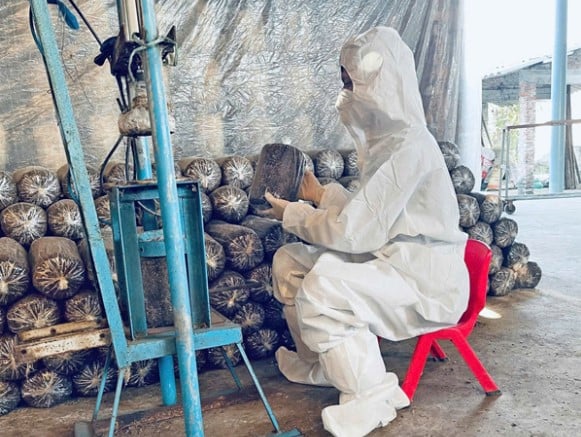
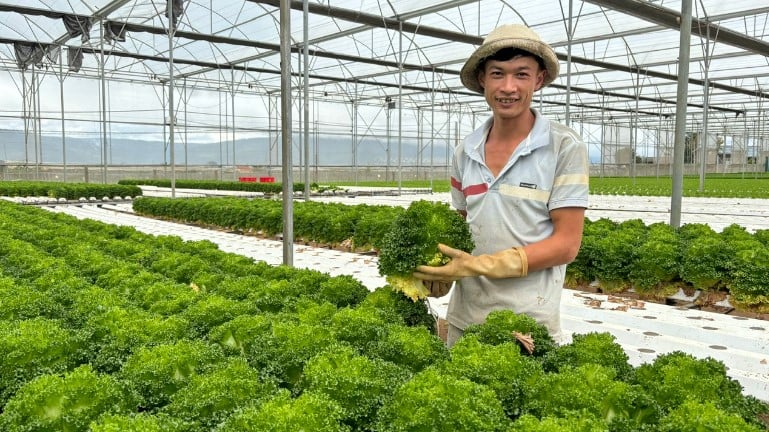

Comment (0)